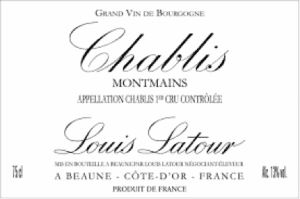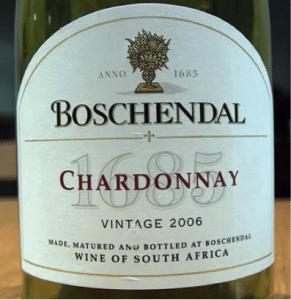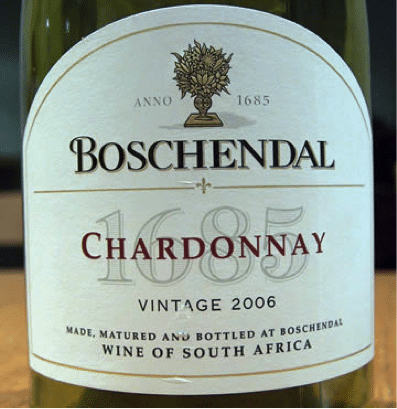Be it a packet of chips, a bar of chocolate or a can of soda our reason for looking at the label is clear, but is it the same when it comes to wine? I guess it’s a bit complicated if you are not a discerning wine drinker, a wine enthusiast or someone like me who loves to tipple on wine.
Aren’t you often left wondering what those fancy terms on a bottle of wine mean? How does it affect the taste of the wine and most importantly the weight of your wallet?
Out here I have tried to explain the most common wine terms which you would come across in the simplest way possible, but always remember that if you are unable to decode what’s there on the label don’t hold yourself from trying a wine you otherwise would have picked up. After all the best way to increase your WQ (Wine Quotient) is by trying as many different wines as possible.
Just like wines, their labels can broadly be classified as Old and New World. The Old World consisting of countries like France, Germany, Italy, Spain and some others (mostly from Europe) which have been making wine for hundreds of years. The New World will include other countries like USA, Australia, New Zealand, Chile, Argentina, South Africa, India and many more some of whom have also been making wine for a number of years.
Old World v/s New World

Old World: When it comes to old world some of them consider their labels as a piece of art rather than a mere source of information, which is great but can be confusing at times. They believe in classifying their wines by the regions which is why you will see the name of the region prominently marked on the wine. For eg. If you have been thinking what grape goes into making a “Chablis”, it is Chardonnay which is usually not mentioned anywhere on the label(see below).

New World: On the other hand most of the new world labels would clearly mention the grape variety/varieties which have been used in making the wine. Thus making your choice of picking the wine you like less complicated.
But there is more to the label than just the grape variety, some of which have been discussed here (see below).
The Winemaker: Paying attention to this is important as it is not just the grape variety and the weather conditions, but the wine maker which adds a great deal of character to any wine with their own style of production. And eventually picking a good wine from a reputed winemaker will come at a premium.
Vintage: First of all it’s not vin-taaage, it’s “vint-age”, just as it reads. The vintage year on a wine label is simply the year in which the grapes used in making that particular wine were harvested. The vintage year is important in case of wines which are meant to be aged (not all wines are meant to be aged). So if you are factoring the vintage year for your next purchase you better be up to date with the world agricultural info. But if I was you I wouldn’t bother much about it as most of the wines readily available in the market today are meant to be consumed young.
Appelation/ Quality Factors: Terms like Reserva, Gran Reserva, Classico, Grand Cru, AOC, DOC, DOCG and the list goes on are terms which indicate the quality of a wine from the Old World. These terms can only be put on a label with the consent of local bodies governing the wine laws of that particular country. And needless to mention that wines marked with such superior terms will come at a premium.
On the other hand ‘Reserve’ is a word which in some places mean that the wine has been aged longer. However these days in places which are missing serious wine laws some producers use this word to add a premium to their wines or portray them as superior products.
Champagne & Sparkling Wine: To start with only the bubbly which says Champagne on the label can be referred to as “Champagne”. To be called Champagne the bubbly should come from the Champagne region in France made using the permitted grapes in a particular fashion (traditional method) and aged for a minimum no. of years. Now you know why Champagne always costs more 🙂
Some common terms on a bottle of champagne
– Brut means dry
– Extra Brut meaning extra dry
– Sec means medium dry
– Demi Sec means medium sweet and
– Doux meaning sweet
A champagne which says “Vintage” on it will be far more costlier than a Non-Vintage champagne.
All the rest are just sparkling wines or in some cases they would mention popular terms like Prosecco (from Italy) and Cava (from Spain). Just like champagne, Prosecco and Cava can only come from the respective countries.
Hope you’re empowered enough now to start mastering wine labels!


